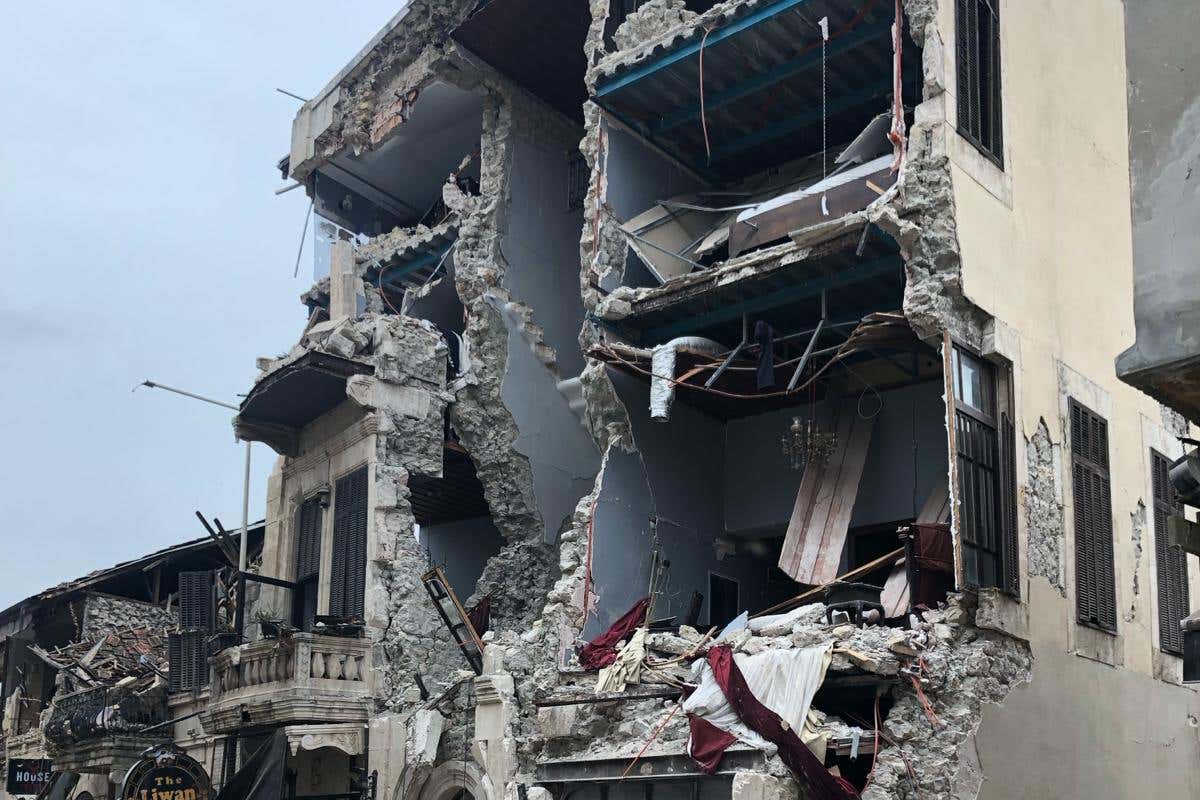Investigators identify main cause of casualties in Turkey-Syria earthquakes
More than 50,000 people were killed in the disaster last February.

Your support helps us to tell the story
From reproductive rights to climate change to Big Tech, The Independent is on the ground when the story is developing. Whether it's investigating the financials of Elon Musk's pro-Trump PAC or producing our latest documentary, 'The A Word', which shines a light on the American women fighting for reproductive rights, we know how important it is to parse out the facts from the messaging.
At such a critical moment in US history, we need reporters on the ground. Your donation allows us to keep sending journalists to speak to both sides of the story.
The Independent is trusted by Americans across the entire political spectrum. And unlike many other quality news outlets, we choose not to lock Americans out of our reporting and analysis with paywalls. We believe quality journalism should be available to everyone, paid for by those who can afford it.
Your support makes all the difference.The main cause of casualties in earthquakes that claimed more than 50,000 lives was building stock comprised primarily of reinforced concrete structures, according to a report.
The Earthquake Engineering Field Investigation Team’s (EEFIT) investigation into the disaster that hit parts of Turkey and Syria on February 6 2023 said that “profit drive pushes all players within the construction industry to take shortcuts”.
The report’s authors added: “The auditing and quality control mechanisms embedded in the legal and bureaucratic processes should be strengthened to ensure code compliance.
“The legalisation of non-compliant buildings through amnesties cannot continue.”
Deficiencies were found even in the newest building stock, according to the report, which calls for a review of building stock and infrastructure to assess risk levels for future earthquakes.
They said that building stock was “primarily composed of reinforced concrete structures, which are therefore the main cause of the casualties”.
Within one week of the quakes, EEFIT, a joint venture between industry and universities, gathered a team of 30 global experts to assess the damage.
They studied the science, engineering and data related to the earthquakes including geotechnics, the structural and infrastructure impact, and the relief response and recovery.
Cambridge University’s Professor Emily So, who co-led the investigation, said: “The 2023 Turkey and Syria earthquakes were truly tragic, hitting an already fragile population, including migrants.
“Our field work and remote analysis revealed many issues, including the issue of non-compliant buildings with little seismic resilience.
“Building code compliance needs to be strengthened.”
The investigators said the earthquakes caused the “loss of more than 50,000 lives, some 100,000 injuries and significant damage to buildings and infrastructure, estimated to be in the range of 84.1 billion US dollars (£66.9 billion) for Turkey alone”.
Their 354-page report is published by the Institution of Structural Engineers.